Early life
Harriet Tubman was born to Harriet Green and Ben Ross in Dorchester County, MD, named Araminta. Her parents were enslaved people owned by different masters. Thus, Araminta was born into slavery too. She was the 5th among nine siblings. In her childhood, the little girl Araminta, or “Minty,” as she used to be called in the plantation, used to be hired out as a nursemaid for babies from other households. She used to be mistreated, beaten and insulted.
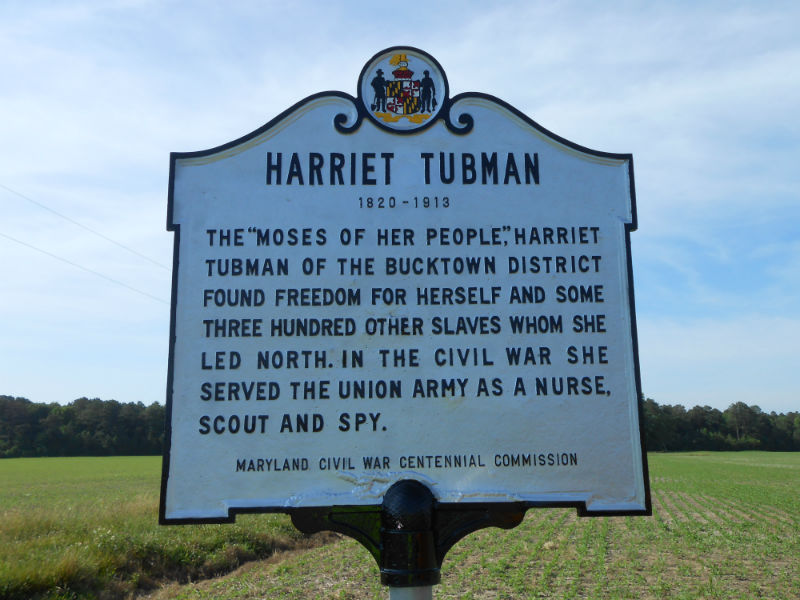
1820
Early teens
In her early teens, Minty, as Harriet Tubman was then known, was severely injured when an overseer threw a pound weigh in her head while aimed at a runaway enslaved man. Due to this episode, she had health issues for the rest of her life.
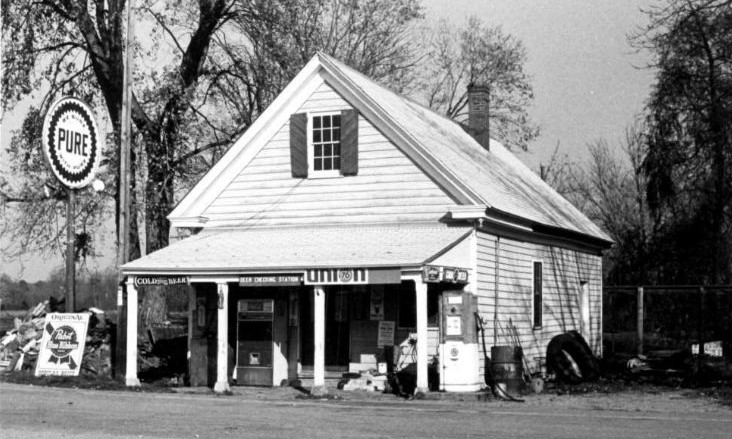
1833
Ben Ross's manumission
Araminta’s father, Ben Ross, was manumitted when he turned 45 years old. But the rest of the family was kept into slavery.

1840
Araminta’s marriage
Araminta “Minty” Ross married John Tubman, a free black man.
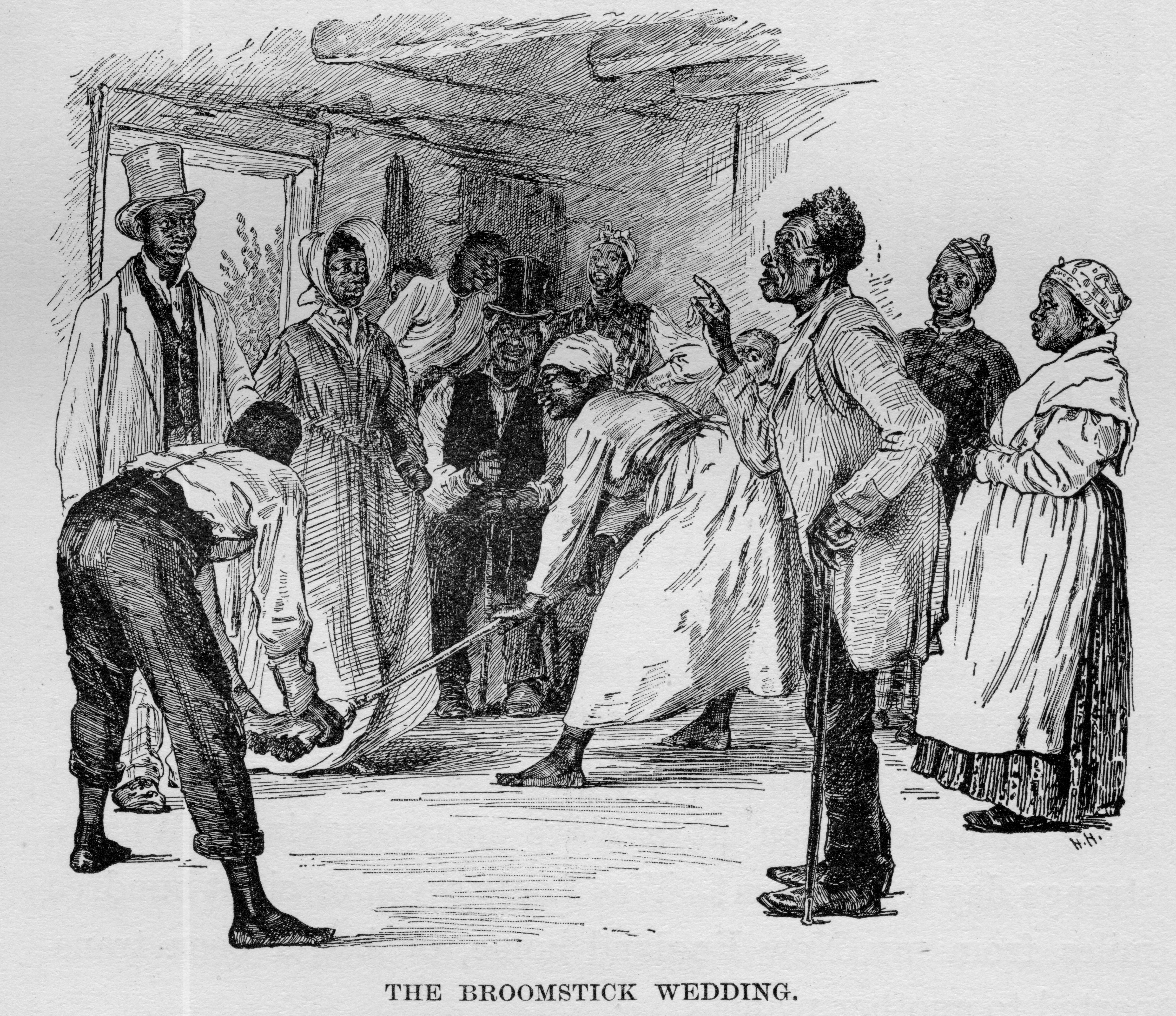
1844
Edward Brodess's death
Edward Brodess, the plantation’s owner, died leaving his family in a hard-financial situation. Three of the Ross sisters, Linah, Soph and Mariah Ritty, were sold. Minty fears for the same fate.

1849
Araminta's escape
Harriet escaped from the Poplar Neck Plantation along with two of her brothers, Ben and Henry. However, the lads decided to return to the plantation. Araminta kept on her way toward North.

1849
Eliza Ann Brodess's newspaper ad
Eliza Ann Brodess advertised on the October 3rd issue of the Cambridge Democrat newspaper a $300 reward to those who delivered the “negro Minty” and her brothers back. Araminta Ross Tubman walked 90 miles reaching Pennsylvania, where escaped slaves could be regarded free. She used an escaping route known as The Underground Railroad. Once free, she changed her name to Harriet Tubman honouring her mother.
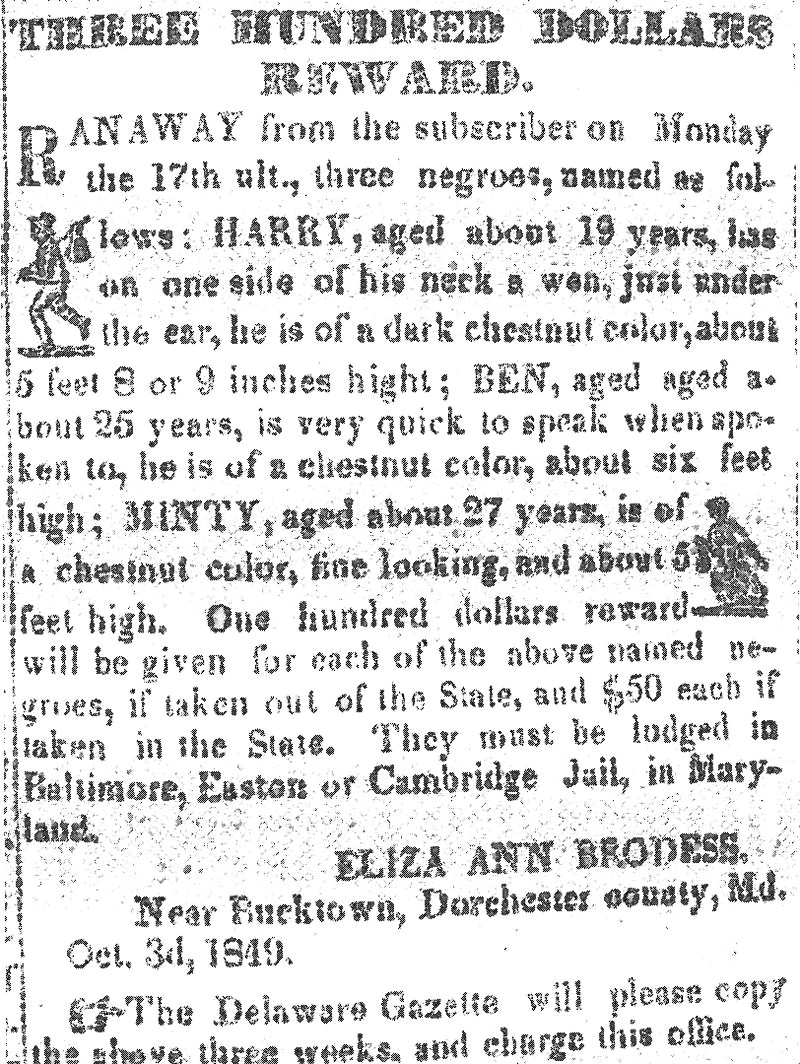
1849
The Fugitive Slave Act
The Fugitive Slave Act passed as part of the Compromise of 1850. It allowed the recapture of escaped slaves in any state in the US. Harriet Tubman became involved in the Underground Railroad actions for rescuing enslaved people to the North. In December, Tubman took her first mission as an Underground Railroad operator leading her niece, Kessya J. Bolley, and her two children, James Alfred and Araminta, out of slavery.

1850
Canada arrival
Tubman’s work on the Underground Railroad intensified. She helped many more people to escape from slavery during this period, among them her junior brother Moses. Harriet Tubman went back to Dorchester County for her husband, John Tubman. The plan was to bring him with her to Pennsylvania. However, John decided to stay in Maryland: he had married a free woman. It devastated Harriet Tubman. The Fugitive Slave Act (1850) forced Harriet Tubman to go to Canada. She found base on St. Catharines, Ontario.

1851
Siblings reunion
She drew attention from abolitionists. William Lloyd Garrison named her “Moses.” On Christmas, she achieved rescuing three of her brothers to Pennsylvania and finally to St. Catharines.

1854
Family reunion
In May, Harriet Tubman finally brought her aged parents to St. Catharines. Ben Ross was at risk of prison for helping enslaved people to escape. At that year, the Dred Scott Case was submitted to the U.S. Supreme Court ending with a decision that denied citizenship to African-Americans.

1857
John Brown introduction
In April, Tubman received the famous abolitionist John Brown at her home. She helped recruit supporters for the Harper’s Ferry attack. Brown called her “General Tubman.

1858
Auburn residence
In May, Harriet Tubman paid $1,200 to U.S. Senator William H. Seward for a house and land in Auburn, NY. She became a celebrated presence on anti-slavery events having public acknowledgment for her heroism on the Underground Railroad. However, at that same year, her sister Rachel died as an enslaved woman leaving two children behind. Tubman was unsuccessful in rescuing them. The Harper’s Ferry Attack failed and John Brown was executed in December. Feeling unsafe living in the U.S., Tubman decided to move with her family back to Canada.

1859
Charles Nalle's freedom
Harriet Tubman took part in the mobilizations for freeing Charles Nalle, in Troy, NY, challenging thus the Fugitives Slave Act of 1850. Abraham Lincoln was elected President of the United States. Tubman spoke at a meeting for women’s suffrage. Late that year, she accomplished her last rescuing mission on the Underground Railroad driving the Eannals family out of slavery on time for Christmas.

1860
American Civil War start
In April, the American Civil War was started. Between 1862 and 1865, Tubman would work for the Union forces as a nurse and cook following the troops through South Carolina, Georgia and Florida.

1861
The Emancipation Proclamation
On January 1st, President Abraham Lincoln issued the Emancipation Proclamation setting every single enslaved person in Confederacy free. On June 2nd, Tubman became the first woman to lead an assault during the Civil War in the Combahee River Raid where 700 slaves were set free.

1861
Abraham Lincoln's assasination and end of civil war
Civil War ended and President Lincoln was assassinated. On her way back to New York State, Harriet Tubman was insulted and injured by a racist conductor who threw her out of the train. However, she arrived home safely to her family and friends, in Auburn.
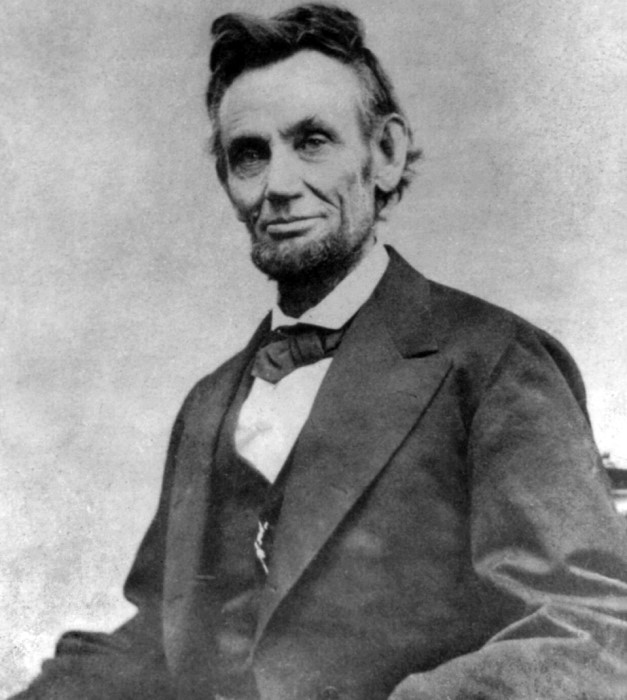
1861
John Tubman's assasination
John Tubman, Harriet’s first husband, was assassinated in Cambridge Dorchester, Maryland.

1867
US pension petition and book writing
Harriet Tubman petitioned the U.S. Government for a pension as a Union army spy and scout, in the Civil War, as it was being granted to male black spies. She was denied. Sarah H. Bradford interviewed Mrs. Tubman and relatives in order to write a biography. The writer was moved by the wish to raise money for Tubman.

1868
African-Americans constitutinoanl citizenship and second marriage
Scenes of Life of Harriet Tubman by Sarah H. Bradford was published. Citizenship to African-Americans has been guaranteed by the 14th Amendment to the Constitution of the US. In the same year, Harriet Tubman married Nelson Davis who she met on the battlefield during the Civil War. They were married at the Central Presbyterian Church in Auburn, NY. She was 47, he was 25.
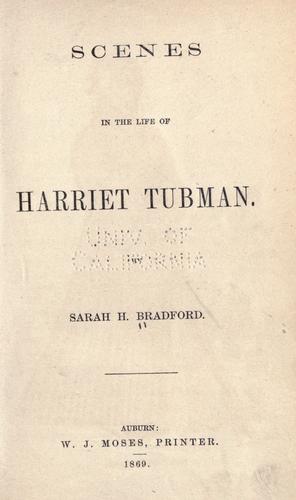
1869
Voting right for African-Americans males
The Federal Government allows male African-Americans to vote but not women regardless of skin colour.

1870
Work expansion
Tubman followed helping people. Her house sheltered orphans, the sick, the aged and any people in need. Her father possibly died this year.

1871
Aggression
Tubman was cheated by two con men who stole her money and hurt her.

1873
Gertie adoption
Harriet Tubman and Nelson Davis adopted a baby girl named Gertie.

1874
Harriet “Rit” Greene Ross's death
Harriet Tubman’s mom died in Auburn.

1879
House's incendy
Tubman’s house in Auburn was destroyed by fire but the local community united to rebuild that as it is in Auburn nowadays.

1880
'Harriet, the Moses of her People.' publication
A second biographical book framing Tubman’s life was published by Bradford: Harriet, the Moses of her People. This new publication made her name and achievements better known out in Europe.

1886
Nelson Davis's death
In October, Nelson Davis died of tuberculosis.

1888
Women's right advocacy and pension fight
As a widow, she started to receive an $8 monthly pension as a widow of a Civil War veteran. She intensified her involvement in the women’s suffrage movement.

1890
Brain surgery and active militantism
Tubman became a symbol of female agency for the women’s suffrage movement. She delivered speeches in rallies in Boston, New York and Washington. Unable to sleep, Tubman underwent brain surgery at Boston’s Massachusetts General Hospital. She refused anesthesia and instead chewed on a bullet just like she had seen soldiers do when they had a leg amputated. U.S. federal government finally granted a $20 monthly pension for Harriet Tubman’s services as a nurse during the Civil War.

1898
'Harriet: the Moses of her People' republication.
Tubman’s biography “Harriet: the Moses of her People” was republished.

1901
Home donation
Tubman donated her property to the African Methodist Episcopal Zion Church in Auburn to be converted into a home for the 'aged and indigent coloured people.'

1903
Property transfer
Harriet Tubman transfer her property in Auburn to African Methodist Episcopal Zion Church for a shelter for people in need.

1903
Harriet Tubman Home for the Elderly opening
Harriet Tubman Home for the Elderly was open, in Auburn.

1908
Harriet Tubman health deterioration
In fragile health condition, Harriet Tubman was entered in the institution that she helped to create.
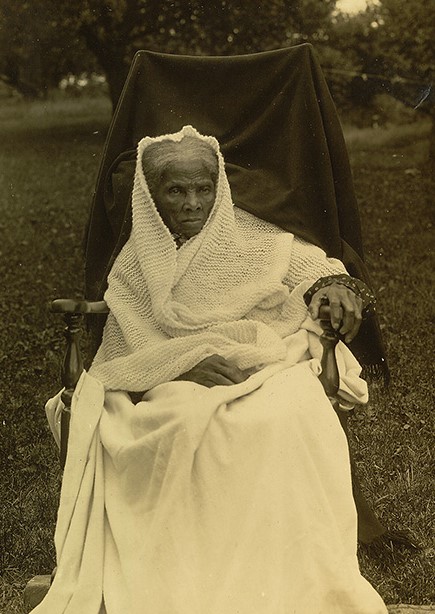
1911
Harriet Tubman's death
Harriet Tubman died of pneumonia, she was 93. She was buried with military honors at Fort Hill Cemetery in Auburn, New York. The news of her death spread around the World immediately always recalling her life of heroism.
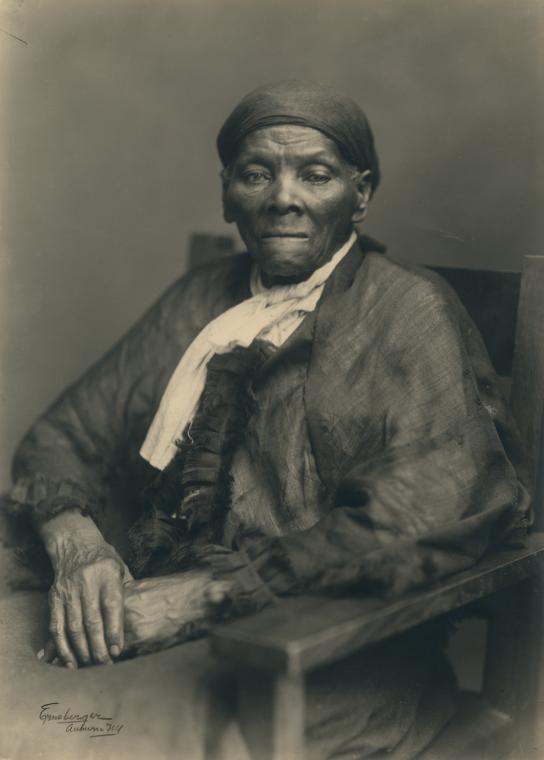
1913